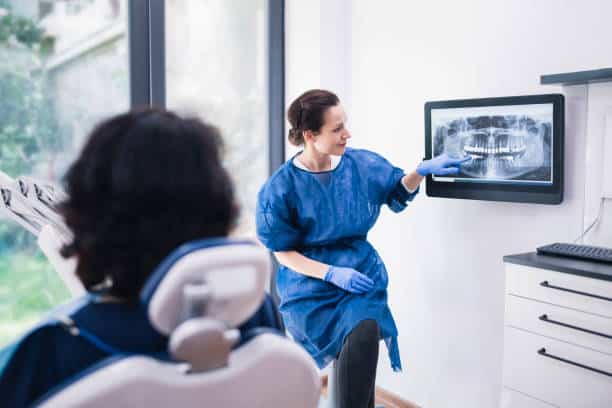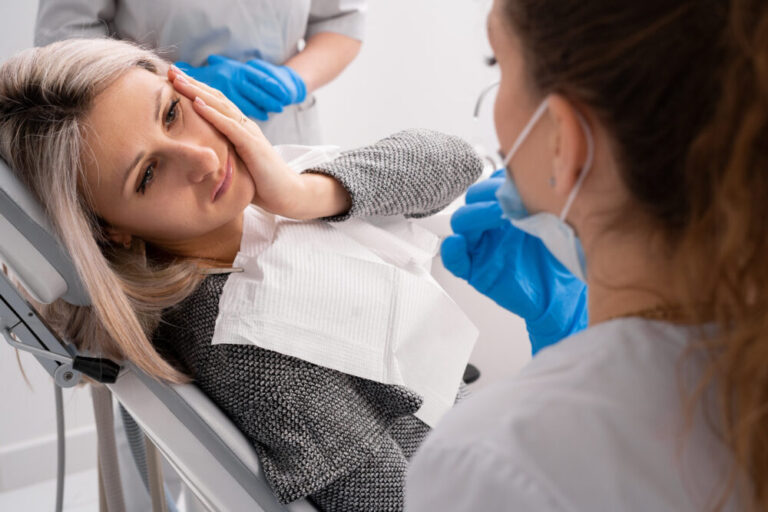X-Ray Vision: Unlocking the Secrets of Your Smile with Dental X-Rays
Ever wondered what those mysterious images your dentist takes during your checkup actually show? Dental X-rays, also known as radiographs, provide a window into the hidden structures of your mouth, revealing information that can’t be seen with the naked eye. At Independence Dental, we understand that knowledge is power, so we’re here to shed light on the fascinating world of dental X-rays and their crucial role in maintaining your oral health.
Beyond the Surface: What Dental X-rays Reveal
Dental X-rays are like a superpower for your dentist, allowing them to see beyond the surface of your teeth and gums. They can detect a range of issues, including:
- Cavities: X-rays can pinpoint cavities even in their early stages, before they cause pain or noticeable damage. This allows for prompt treatment and prevention of further decay.
- Gum Disease: X-rays can reveal bone loss and changes in the supporting structures of your teeth, which are key indicators of gum disease. Early detection is crucial for effective treatment and preventing tooth loss.
- Impacted Teeth: X-rays can identify teeth that are unable to erupt properly, such as wisdom teeth. This helps your dentist determine if extraction is necessary to prevent complications.
- Abscesses and Infections: X-rays can show signs of abscesses, infections, and other abnormalities in the jawbone or surrounding tissues.
- Tumors and Cysts: While rare, X-rays can also detect tumors and cysts in the mouth, allowing for early diagnosis and treatment.
Types of Dental X-rays
There are several types of dental X-rays, each designed to capture different views of your mouth:
- Bitewing X-rays: These show the crowns of your upper and lower teeth, allowing your dentist to check for cavities between teeth and assess the health of the bone supporting your teeth.
- Periapical X-rays: These images show the entire tooth, from crown to root, including the surrounding bone. They are helpful for diagnosing infections, root canals, and other issues affecting the tooth’s structure.
- Panoramic X-rays: These wide-angle X-rays capture a complete view of your upper and lower jaws, sinuses, and temporomandibular joints (TMJ). They are used to assess overall dental health, plan orthodontic treatment, and identify impacted teeth.
The Importance of Regular X-rays
Regular dental X-rays are a crucial part of preventive dental care. They allow your dentist to identify and address problems early on, often before they cause noticeable symptoms. This helps prevent further damage, preserves your natural teeth, and saves you money in the long run.
Safety of Dental X-rays
Dental X-rays use a very small amount of radiation, and modern digital X-ray technology further minimizes exposure. The benefits of X-rays far outweigh the minimal risks associated with radiation exposure. Your dentist will take necessary precautions, like using lead aprons and thyroid collars, to protect you during the procedure.
Independence Dental: Your Partner in Oral Health
At Independence Dental, we prioritize your oral health and safety. Our state-of-the-art digital X-ray equipment ensures high-quality images with minimal radiation exposure. We’ll work with you to determine the appropriate frequency of X-rays based on your individual needs and risk factors. Contact us today to schedule an appointment.







